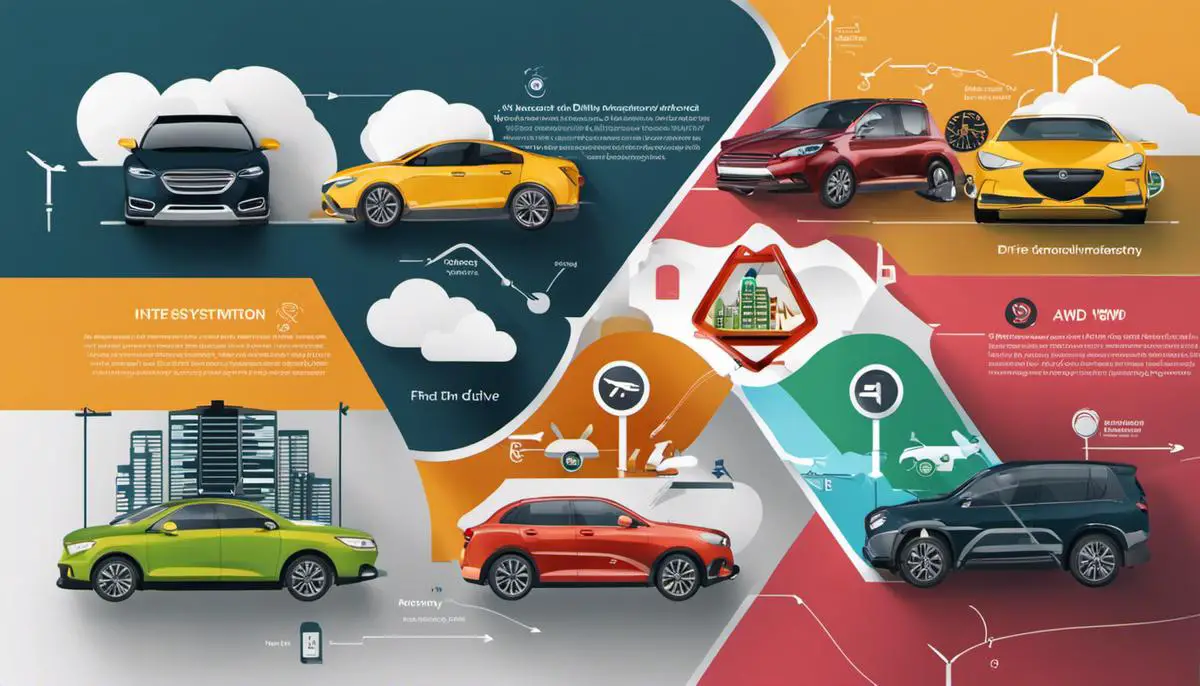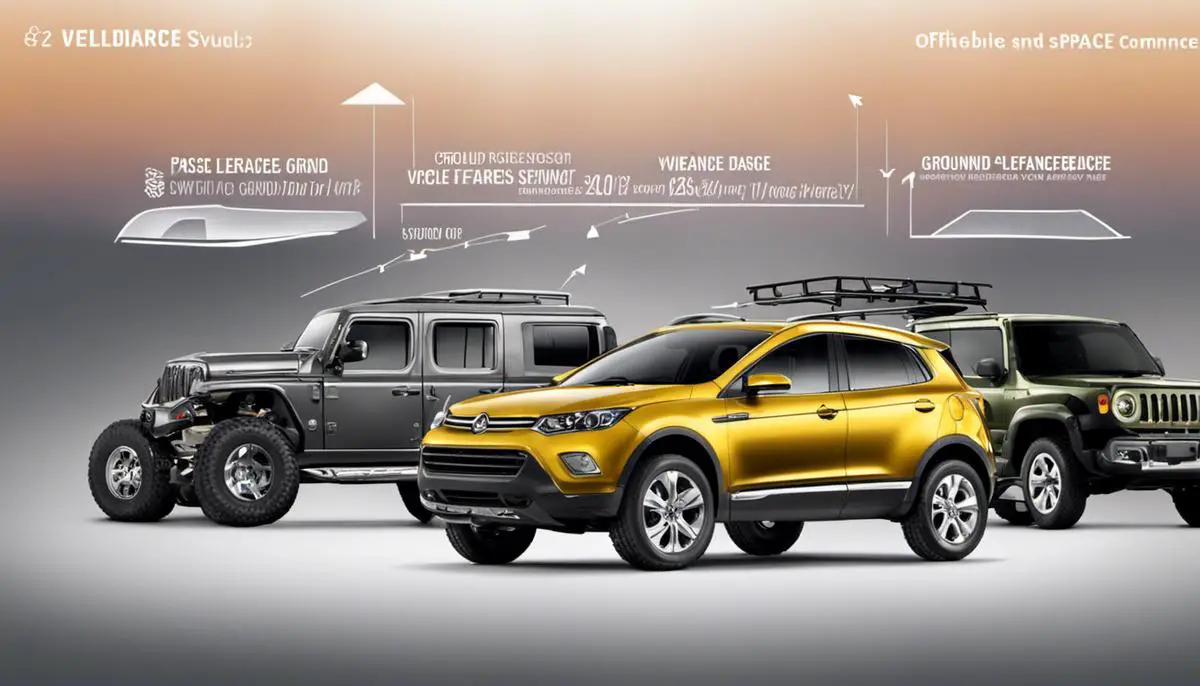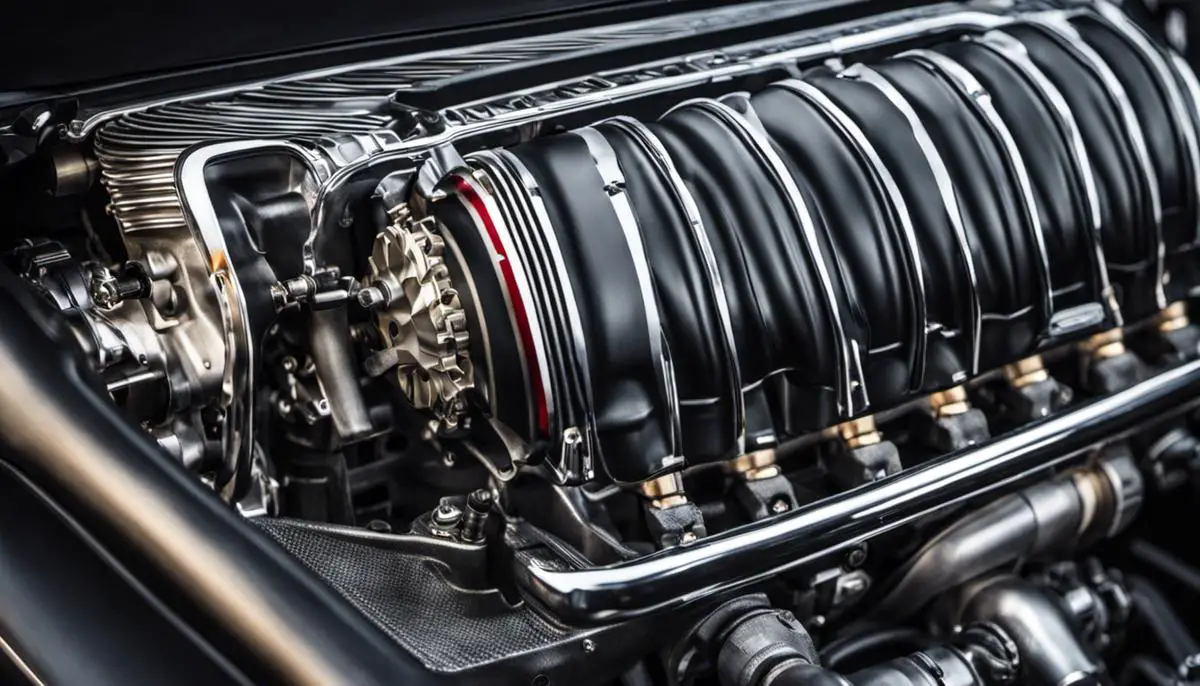When it comes to traversing the open road and beyond, the type of drive system your vehicle employs can significantly impact your journey. As technologies advance and consumer demands shift, the four primary drive systems – front-wheel drive (FWD), rear-wheel drive (RWD), all-wheel drive (AWD), and four-wheel drive (4WD) – continue to evolve. Each of these systems possesses distinctive characteristics with individual benefits and drawbacks, catering to a variety of use-case scenarios. This exploration into the mechanisms, operations, and advancements of these drive systems aims to empower you with substantial knowledge and insights. Integral to this understanding is the intersection of drive systems and contemporary technology, including automation, safety features, and driver assist programs. Also, considering the escalating concern over sustainability, assessing the economic and environmental impacts of each system becomes crucial to making a comprehensive, informed decision about the most suitable drive system for your needs.
Contents
Understanding Drive Systems
Distinguishing the Major Drive Systems: FWD, RWD, AWD and 4WD
Technology is perpetually evolving, increasingly integrated into the automotive industry at warp speed. A primary example of this evolution is seen in how vehicle drive systems have advanced over the years. Front-Wheel Drive (FWD), Rear-Wheel Drive (RWD), All-Wheel Drive (AWD), and Four-Wheel Drive (4WD) are the powerhouses of today’s vehicles. Each has unique benefits and drawbacks. Distinguishing between them critically depends on understanding their inherent characteristics and knowing how they respond in various conditions.
Front-Wheel Drive (FWD)
Vast numbers of vehicles use the FWD system, and rightfully so due to its efficiency and cost-effectiveness. The engine and transmission send power to the front wheels, which handle the car’s movement. This configuration is lighter and offers relatively better fuel efficiency. FWD is also well-suited to handle slippery conditions because the weight of the engine is over the driven wheels. However, a notable limitation is torque steer, a phenomenon where the vehicle involuntarily steers to one side during acceleration.
Rear-Wheel Drive (RWD)
Unlike FWD systems, RWD vehicles power their back wheels, which entails distributing the vehicle’s weight more evenly. Consequently, they deliver superior balance and handling, crucial for high-performance vehicles and heavy-duty trucks that need to tackle towing and hauling duties. The primary drawback is poorer traction under slippery conditions, compared to FWD or AWD systems.
All-Wheel Drive (AWD)
AWD systems elevate traction and improve handling by delivering power to each wheel. This power distribution adapts based on individual wheel grip, essential during off-road terrains, steep inclines, or slippery situations. Fuel efficiency may be lower compared to FWD, resulting from the increased weight and friction. Also notable is that while AWD improves vehicle handling, it doesn’t necessarily improve stopping ability in adverse conditions.
Four-Wheel Drive (4WD)
4WD systems are typically found on trucks and SUVs purposed for off-road adventures. They function similarly to AWD systems but with more robust hardware, capable of handling tougher terrains. Most 4WD systems are part-time, meaning drivers can switch between two-wheel and four-wheel drive to improve fuel efficiency when extra traction isn’t needed. Nevertheless, 4WD systems add extra weight and complexity to vehicles, alongside a cost premium.
In summary, while all four drive systems serve the purpose of propelling vehicles, they do so differently and offer varying benefits depending on the driver’s needs and vehicle usage. Technological advancements continue shaping these systems, providing consumers with an increasingly wide array of vehicles to choose from. Always remember: the key to choosing the right drive system is understanding how each one operates and aligns with your driving circumstances.

Setting The Use-case Scenarios
Unearthing the Dominant Drive System: Where and When it Thrives
Now that we’ve examined the basics, let’s delve deeper into the specifics where each drive system excels. This distinction of excellence vividly showcases how these drive systems illuminate various scenarios with their individual shine.
Front-wheel drive (FWD) is the kingpin in scenarios requiring a significant emphasis on fuel efficiency and driving in modest road conditions. Its edge is more pronounced in small to mid-sized vehicles where the front wheels serve a dual role of both driving and steering the car. For a tight budget automobile, the FWD comes as an economical choice incorporated into compact vehicles, sedans, and minivans, delivering commendable all-round performance.
Rear-wheel drive (RWD), on the other hand, is the star when it comes to tackling high-speeds and load carrying. The division of labor between the front wheels (steering) and the back wheels (driving) enables higher performance and superior handling. These RWD behemoths are commonly found in performance cars, pickup trucks, larger SUVs, and most luxury sedans, triumphantly cornering and accelerating with minimal wear on the front tires.
Turning to all-wheel-drive (AWD), it’s the ultimate game-changer in handling diverse and challenging road conditions. Roaring with power and control, AWD truly outshines others when it comes to negotiating slippery slopes, icy roads, or rough terrains. Ideal for seasonal weather changes, you’ll find this bad boy in a wide array of vehicles, from compact sedans to large SUVs, making it an excellent option for increased traction and stability.
Meanwhile maximizing both off-road capabilities and urban cruising comfort is the mighty Four-wheel drive (4WD) system. Its ability to switch between two-wheel and four-wheel drive settings gives vehicles with this system a step ahead, especially in off-road applications. If tricky trails, rocky terrains, or even the occasional snow-covered driveway is in the picture, 4WD system-equipped trucks or SUVs are your best shot.
As automotive technology continues to surge, these drive systems are consistently evolving. Driving assists, electric drivetrains, and vehicle stability software are now commonplace, offering a refined and enhanced driving experience regardless of the chosen drive system.
In conclusion, the nature of the driving environment, vehicle usage patterns, and budget constraints play a major role in determining which drive system performs with optimal brilliance. FWD for economical commuter usage, RWD for high-performance applications, AWD in diverse road conditions, and 4WD for serious off-roaders; each drive system has its moment to outshine the others based on the scenario at hand. Navigate wisely and choose accordingly.

The Intersection of Drive Systems and Technology
Technology’s Impact on Drive Systems and Future Perspectives
As we’ve already demystified the technical jargon and intricacies surrounding the diverse world of drive systems, it’s now time to delve deeper into the intersection of technology, automotive drive systems and their foreseeable future.
Firstly, technology has impacted how the driver interacts with the vehicle and the drive system itself. A prime example is the emergence of driver-selectable modes present in most new-generation vehicles. Here, the driver can manually switch between front-wheel drive (FWD), rear-wheel drive (RWD), all-wheel drive (AWD) and four-wheel drive (4WD). This results in an immersive driving experience, offering the ability to adjust the vehicle’s performance to specific road conditions and terrain with a mere push of a button.
Furthermore, technology has also transformed the way traction is managed in vehicles. Nowadays, a traction control system is a common feature, leveraging sensors that detect wheel speed and can reduce engine power, apply brakes, and redistribute torque to optimize grip. This technological innovation is particularly beneficial to AWD and 4WD systems where it efficiently manages the power distribution to all four wheels, improving stability and reducing the risk of skidding.
With the advent of high-tech sensors and powerful computers, Electronic Stability Control (ESC) systems have made driving safer. By monitoring inputs from vehicle sensors and the driver’s actions, ESC detects and reduces skidding to improve a vehicle’s stability. Although ESC benefits all types of drive systems, it is particularly crucial in RWD configurations, counteracting the characteristic oversteer.
Progressive technological advancements have also brought about Vehicle Dynamic Control (VDC), particularly effective for FWD cars. It’s a system that uses sensors to monitor wheel speed, steering angle, and lateral acceleration, making course corrections by reducing engine power or selectively applying brakes as needed, improving vehicle stability.
In terms of future trends, electrification will play a vital role. Electric vehicles (EVs) typically employ a variant of the AWD system, with electric motors driving the front and rear axles directly. This setup provides superior energy efficiency and allows for advanced control systems that optimize drivability and performance.
One of the most anticipated innovations is torque vectoring. This technology can individually control the amount of torque delivered to each wheel, increasing handling precision and improving traction, especially in high-performance vehicles.
Connected cars will also greatly influence future drive systems. Enhanced telematics and connectivity can enable data transmission about road conditions, allowing the vehicle’s drive system to adapt accordingly, improving safety and efficiency.
In conclusion, technology has significantly evolved the landscape of automotive drive systems, bringing forth smarter, safer, and efficient solutions in the advent of contemporary vehicles. By penning the future of driving, it holds the unraveled potential to entirely transform the interaction between driver, vehicle, and road.
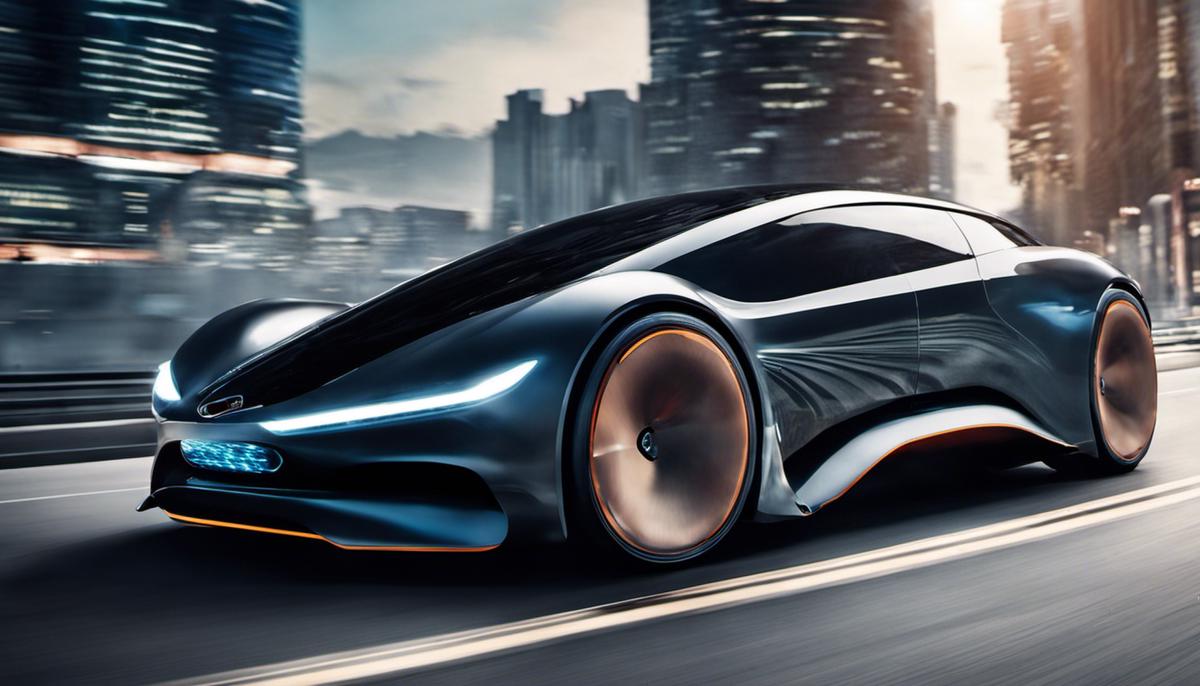
Economic and Environmental Impact
Continuing on from our exploration of different drive systems within the automotive industry, this article will delve deeper into the economic and environmental influences that these drive systems exert.
From an economic perspective, drive systems significantly influence vehicle affordability, operating expenses, and resale value. FWD vehicles, for instance, often attract lower upfront costs due to simpler manufacturing processes and components. Differentiating based on drive systems, resale values can see a considerable impact; for instance, AWD vehicles tend to retain better resale values due to their enhanced capability and versatility.
Operating costs can be influenced by factors like fuel efficiency and repair expenses. RWD has traditionally been less fuel efficient due to the power being transferred to the rear, while the FWD and AWD systems have seen advancements in improving their margins of fuel efficiency. Although, it’s worth noting that maintenance costs for AWD vehicles are often higher due to their complex mechanics.
Environmental aspects primarily revolve around fuel consumption and emissions. Increased fuel efficiency inherently minimizes carbon emissions, thus marking a significant impact on the environment. FWD vehicles have been long recognized for their fuel-saving capabilities, providing a smaller carbon footprint compared to their counterparts.
As we move towards a more environmentally-conscious future, the adoption of electric and hybrid vehicles is changing the game. The proliferation of electric drivetrains, which are inherently more energy-efficient and produce zero tailpipe emissions, significantly pushes the status quo. Pioneering this transformation are EVs equipped with 4WD-like characteristics, delivering exemplary performance without compromise on environmental sustainability.
Auto manufacturers are equally invested in expanding the use of hybrid drive systems that bridge the gap between fully gas and fully electric vehicles. These systems, which combine an internal combustion engine with one or more electric motors, are an increasingly popular choice due to their ability to deliver improved fuel efficiency and lower emissions.
Moreover, new tech like Regenerative Braking Technology found in certain AWD vehicles converts kinetic energy during braking into electrical power. Innovations like these help continue the drive toward better fuel efficiency and reduced emissions.
In conclusion, drive systems play a pivotal role in determining the economic feasibility and environmental impact of vehicles. Gaining an understanding of these influences helps consumers in making an informed choice that matches their needs, budget, and commitment to environmental sustainability. And with the advancements in tech like EVs, automakers are not only reshaping the drive system landscape but also are reducing economic and environmental constrain.

Making The Final Choice
The Matrix of Decision making
Determining the right drive system for a vehicle is not merely a question of technology or mechanical working. It extends well beyond to a more complex matrix of one’s preferences, driving habits, geographical location, weather conditions and even, the personality of the driver. You may ask yourself – ‘How does personality factor into the choice of drive systems?’ Glad you asked.
A driver’s personality often inflects their preference. Adventure seekers and thrill enthusiasts might lean towards RWD or 4WD, valuing the power and control these systems offer. A responsible, economically conscious, and environment-friendly individual might opt for FWD or consider an EV. These individual choices often cast a significant bearing on the particular drive system that a person deems fit for their vehicle.
Now, embracing the persona of a tech enthusiast, there is another crucial aspect we haven’t touched upon yet – the integration of AI and Machine Learning in drive systems. Advanced Drive Assist Systems (ADAS) that include autonomous drive capability alter the landscape of drive systems altogether. The choices here might seem overwhelming at first, but with each passing day, technology tames this complexity, amplifying the happiness and satisfaction derived from an effectively selected drive system.
Drive Systems and AI: What’s the Link?
Artificial intelligence and machine learning have assumed a prominent role in drive system dynamics recently. The fusion of AI with drive systems can help optimize the vehicle’s performance, thereby ensuring an improved driving experience.
For instance, AWD systems integrated with AI can automatically distribute torque to the appropriate wheels depending on the driving condition. This intelligent torque distribution renders a safer and smoother driving experience, especially in challenging conditions.
Similarly, ML algorithms can analyze factors such as the driver’s driving habits, traction, slope of the road, and current weather conditions to effectively manage the vehicle’s performance. These functionalities resonate with the tech enthusiast’s desire for systems that learn, adapt, and evolve, thus improving efficiency.
The Future of Drive Systems
Lasty, touching upon the future of drive systems, we delve into the world of autonomous driving. With companies like Tesla at the forefront, autonomous driving systems are rapidly disrupting the status quo. The drive systems in these vehicles use a combination of various sensors, radars, and advanced machine learning algorithms to mimic human-like driving, making the choice of your drive system increasingly crucial.
Conclusively, with evolving drive systems, the lines blur, and differentiated driving experiences begin to merge. This, coupled with the rapid pace of tech advancements, will undoubtedly continue to reshape our understanding and preferences regarding drive systems. However, for tech enthusiasts and early adopters, this morphing landscape offers an exciting journey – one that promises a future where technology would not only enhance driving experiences but also redefine it altogether, smashing boundaries of what we, until now, thought possible.
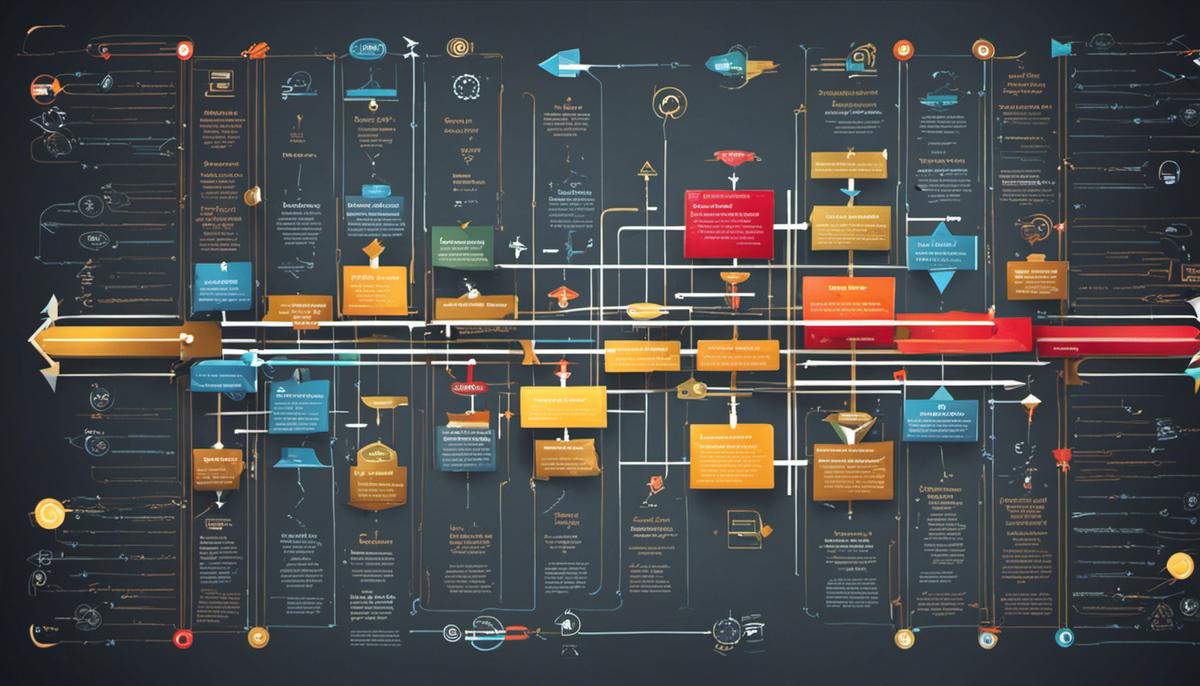
As one peels back the layers of what constitutes drive systems, it becomes clear that the choice between FWD, RWD, AWD, and 4WD goes beyond mere preference. It envelopes various aspects ranging from technical demand and driving conditions to economic and environmental concerns. All these factors should orchestrate integral elements of your final decision. Therefore, equipped with the knowledge of these intricate details of each system, alongside an understanding of the influence of current technologies on their performance, you can determine the optimal match for your requirement. May this guide serve as a tool to navigate the complexities of these systems, ultimately enabling you to make an informed decision that accommodates your lifestyle, upholds your environmental responsibility, and supports your economic considerations.
